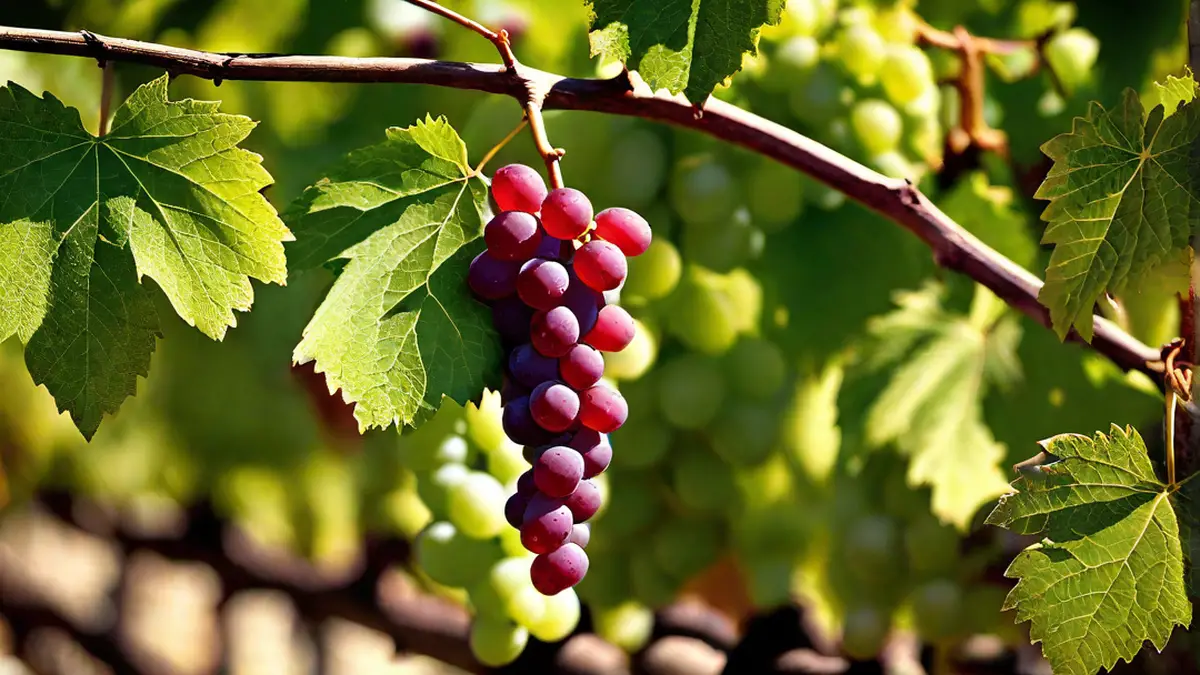As someone deeply enthusiastic about wine, I’ve always found the journey of grape farming fascinating. From the fields to the finished product, every step is crucial in producing the perfect wine. I am excited today to share the complex process of cultivating grapes and the expertise required to transform these humble berries into a magnificent beverage.
Grape Cultivation: From Vineyard to Harvest
It all starts with selecting the right vineyard location. Grapes thrive in well-drained soil, ample sunlight, and moderate temperatures. The choice of grape variety also plays a significant role, as each type has specific requirements and flavors.
Once the vineyard is established, meticulous care and attention are given to the grapevines. Pruning, trellising, and canopy management help ensure optimal grape development. Throughout the growing season, regular monitoring of pests, diseases, and weather conditions is crucial to safeguard the vineyard’s health.
After months of tender care, the momentous time of harvest arrives. Harvesting grapes is an art in itself. While some vineyards opt for mechanical harvesting, many still rely on hand-picking to ensure the utmost quality. The grapes are carefully plucked from the vines and delicately transported to the winery.
Grape Processing: Sorting, Crushing, and Fermentation
Once the grapes reach the winery, they undergo a meticulous process to extract their precious juice. The first step is sorting, where any undesirable elements such as leaves, stems, or damaged grapes are removed. This ensures that only the finest grapes are used for winemaking.
Next comes the crushing phase, where the grapes are gently broken to release their juice. Depending on the winemaker’s preference, this can be done manually or mechanically. The juice, along with the grape skins, seeds, and pulp, is then transferred to tanks or barrels for fermentation.
Fermentation is a magical process where yeast interacts with the grape sugars, converting them into alcohol. Temperature control and careful monitoring are essential during this stage to ensure the desired flavor and aroma profile of the wine.
The Art of Aging and Bottling
Once the fermentation is complete, winemakers have a choice to make: whether to age the wine or bottle it immediately. Aging allows the wine to mature and develop complex flavors over time. This process takes place in barrels or stainless steel tanks, depending on the winemaker’s preference.
After an appropriate aging period, the wine is ready to be bottled. This involves carefully transferring the wine from the aging vessels to bottles, ensuring minimal exposure to oxygen. The bottles are then corked, labeled, and prepared for distribution.
Conclusion
The journey of making grapes is a labor of love and a testament to the dedication of winemakers around the world. From the careful cultivation of grapevines to the intricate winemaking process, every step contributes to the creation of exquisite wines. So, the next time you savor a glass of your favorite wine, take a moment to appreciate the craftsmanship and passion poured into every drop.
